Being touted by Panasonic as “the ultimate vlogging camera”, it’s quite clear what kind of person the company is aiming its new G100 at.
Although the camera follows on from the Panasonic G95 / G90, it’s quite a departure from that model, using a smaller body and with more video-centric specifications to appeal to budding YouTubers.
Thanks to that small body, though, it could also be considered by stills photographers as the ideal travel camera. Pair this up with some of the smaller Micro Four Thirds lenses on the market, and you’ve got a neat little portable bundle.
Still, it’s those video specs which are the headline grabbers here. Most notable is the addition of an Nokia Ozo Audio-equipped microphone system, making it the first mirrorless camera to include such a set up.
What that means is that you get three microphones picking up sound depending on the direction it’s coming from – and that includes from the rear of the camera if you’re walking and talking to make a vlog. Panasonic is so confident of this sound set up that it claims an external microphone simply isn’t necessary.
Of course, you’ve also got 4K video recording (albeit with a crop) as well as a fully articulating screen. The G100 is in fact the world’s smallest camera with an articulating screen, another nod to just how miniature it is. The sensor is a 20.3MP Four Thirds device, making it smaller than those found in APS-C or full-frame cameras, but still larger than the one-inch sensor found in the recently announced Sony ZV-1 vlogging camera.
We’ve managed to spend a few days with the G100 ahead of its global release and have been shooting a variety of stills and video. Here’s what we think of it so far.
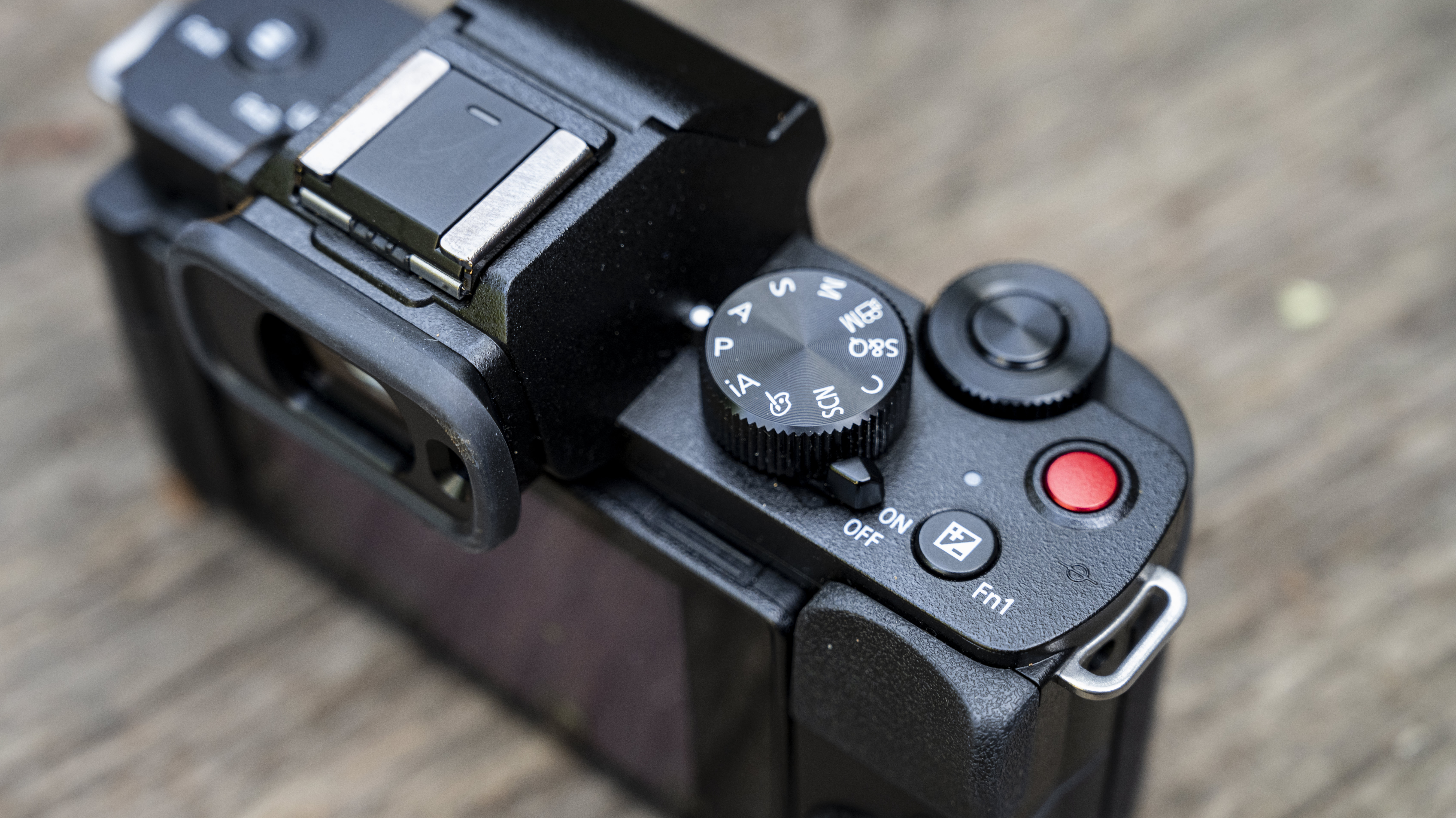
Panasonic G100 release date and price
- Available from the end of July 2020
- Three kit variants (body-only, with lens, and with lens & tripod grip)
- UK customers can get free tripod grip for a limited time
Panasonic seems to have aggressively priced the G100, perhaps in a bid to take the ‘vlogging’ crown from other competitors already in the market.
As a result, you can pick up the G100 body only for £589/AU$1099, with a 12-32mm kit lens for £679/US$749/AU$1299 and with both the kit lens and the grip for £719/US$799/AU$1399. For a limited time only (until 31 August), UK customers can get a free grip when you buy the body only or kit lens variant.
It compares well against other popular vlogging cameras, being slightly cheaper than the recently launched Sony ZV-1, which has a smaller sensor and doesn’t give you the option to change lenses.
It’s even roughly the same price as the Canon EOS M50, a camera which has been on the market for a number of years – making the G100 something of a bargain when it comes to new cameras.
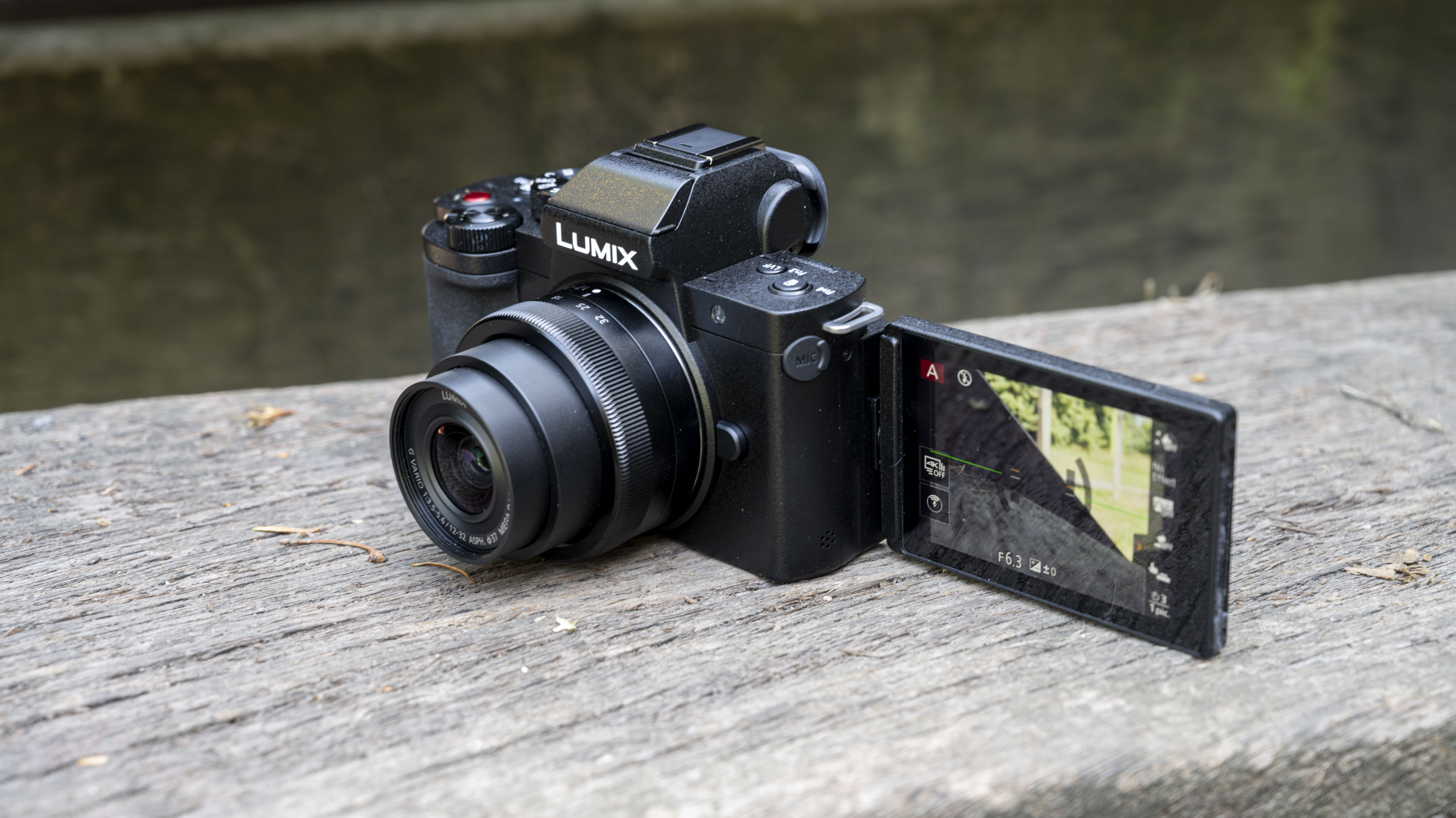
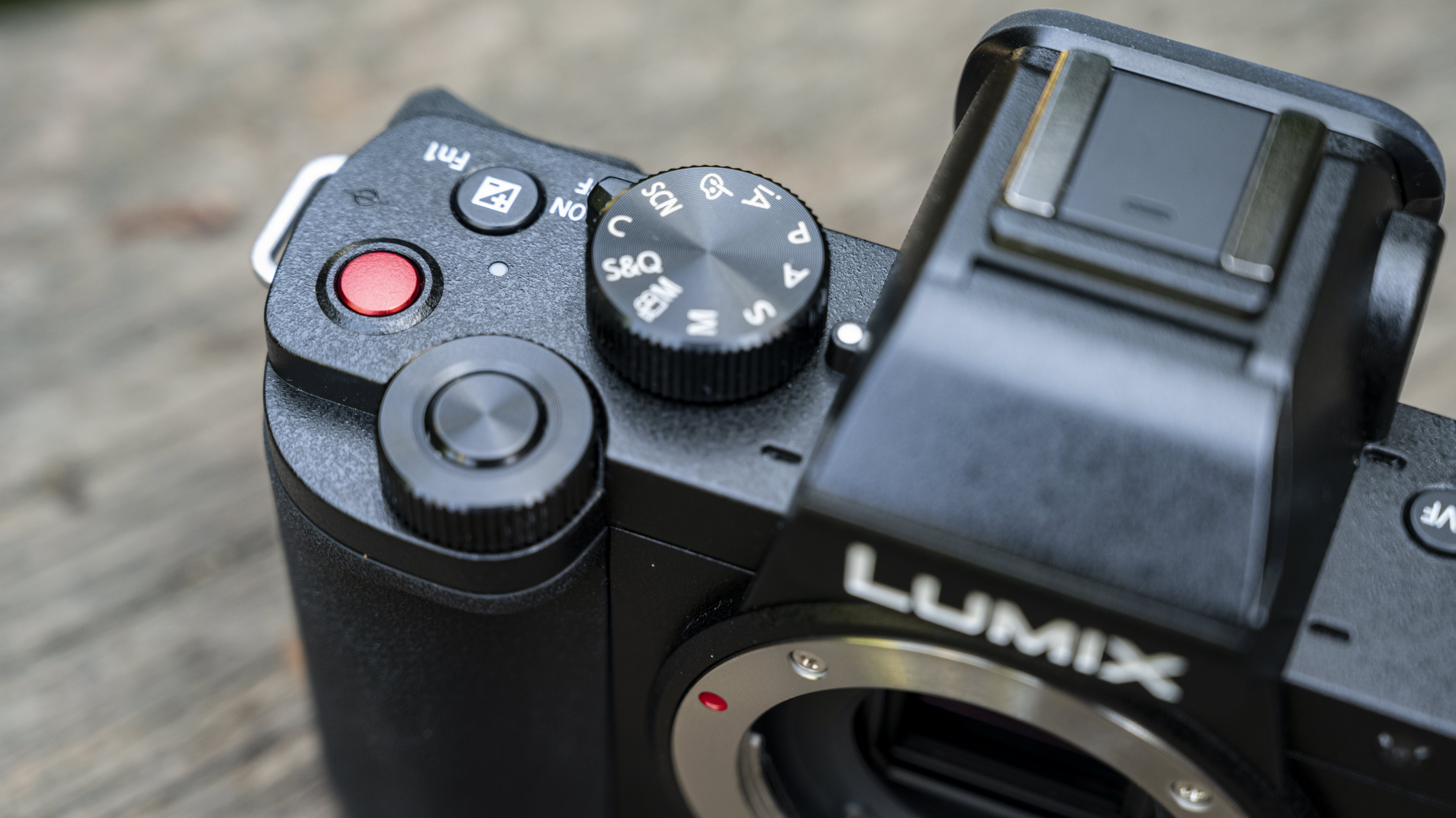
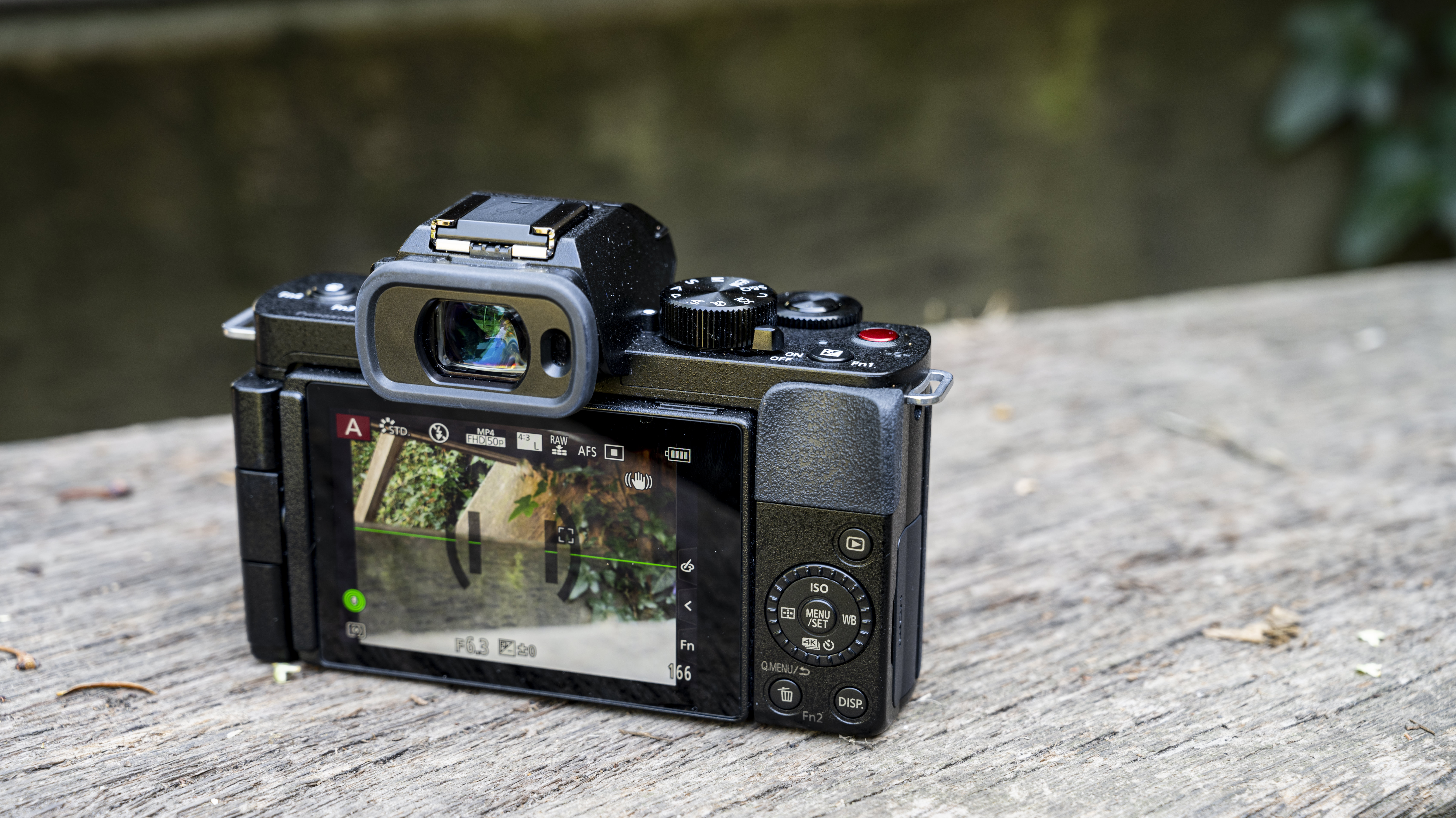
Panasonic G100 specs and features
- Same 20.3 MP Four Thirds sensor as its predecessor (G95/G90)
- Lots of video-centric features including 4K/30p recording
- First mirrorless camera with Nokia Ozo Audio
Panasonic has long been a strong player in the video market, and while its focus might have been on the more 'serious' videographer in the past, the G100 has its sights firmly on the vlogging space.
This means it's got a generous helping of video-centric specs that are designed to appeal to YouTubers. Naturally, there’s 4K/30p video recording, albeit with a crop, but there’s also a range of other frame rates and resolutions.
There’s also social media-friendly specs, like a video selfie mode, a social media frame marker (to help you make sure you’re framing up correctly for the social media network of your choice), and a dedicated button for transferring your videos and shots directly to your smartphone ready for uploading.
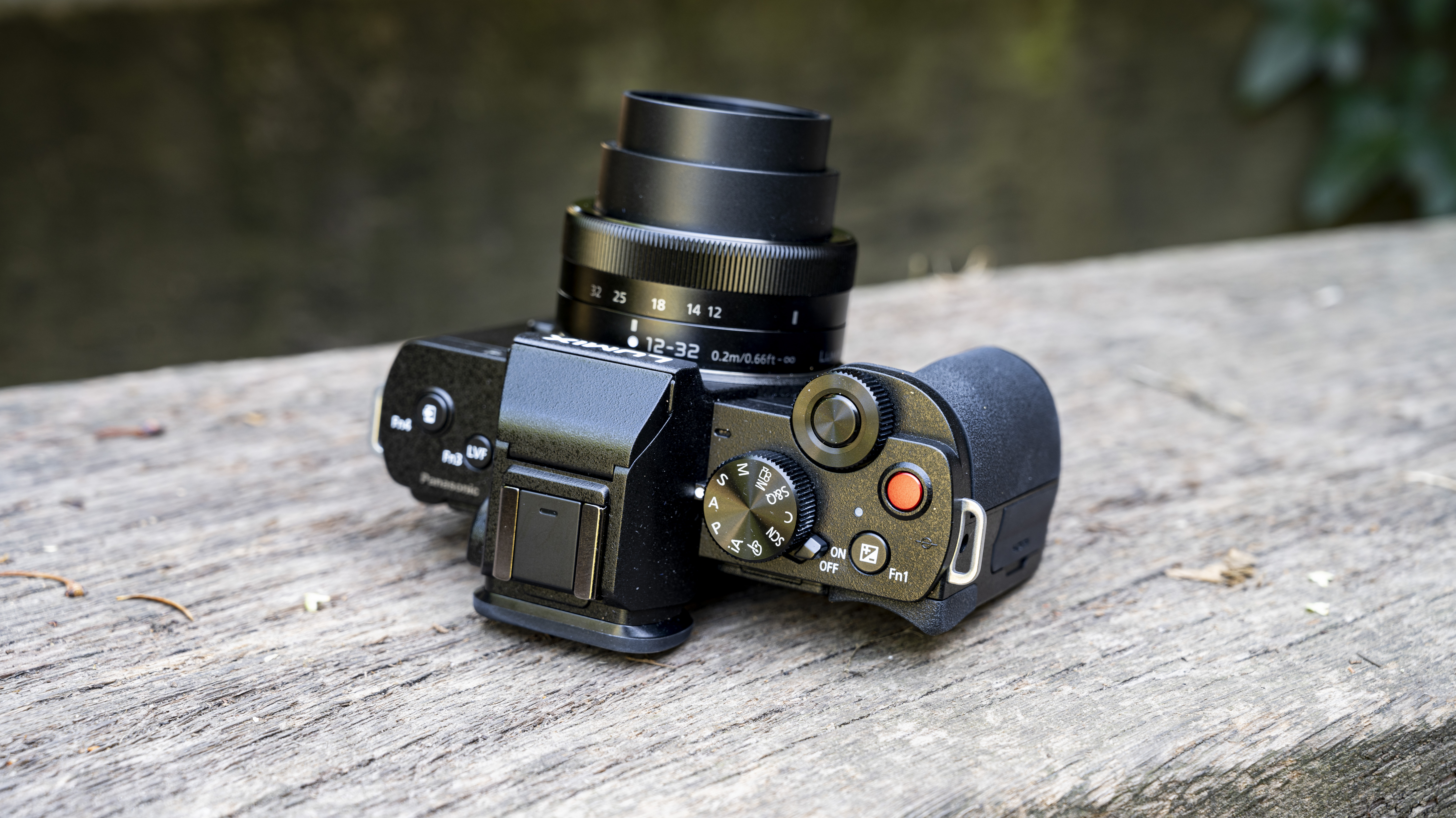
The big news, though, comes in the shape of the new audio system – Ozo Audio by Nokia. While we've seen this appear in smartphones, this is a first for cameras, and it helps the G100's three internal microphones pick up clear sound no matter where it’s coming from.
Vloggers may also find the fact that there’s a rear microphone for picking up sound as you’re walking and talking a particular bonus. Panasonic is so confident that this microphone system will do a good job that it says you shouldn’t need to invest in an external one, though that's slightly contradicted by the inclusion of a 3.5mm mic input.
Other specs include a 20.3MP MOS sensor, five-axis hybrid image stabilization, a fully-articulating touch-sensitive screen, an electronic viewfinder and a single SD-card slot.
Sold as part of a kit bundle, or as an optional extra, the new Tripod Grip (SHGR1) is also aimed at the traveling YouTuber. It has inbuilt buttons for triggering either a still image or a video and can be used to hold the camera steady while walking and talking, used like a selfie stick to film yourself, or used as traditional tripod if you’re presenting to camera.
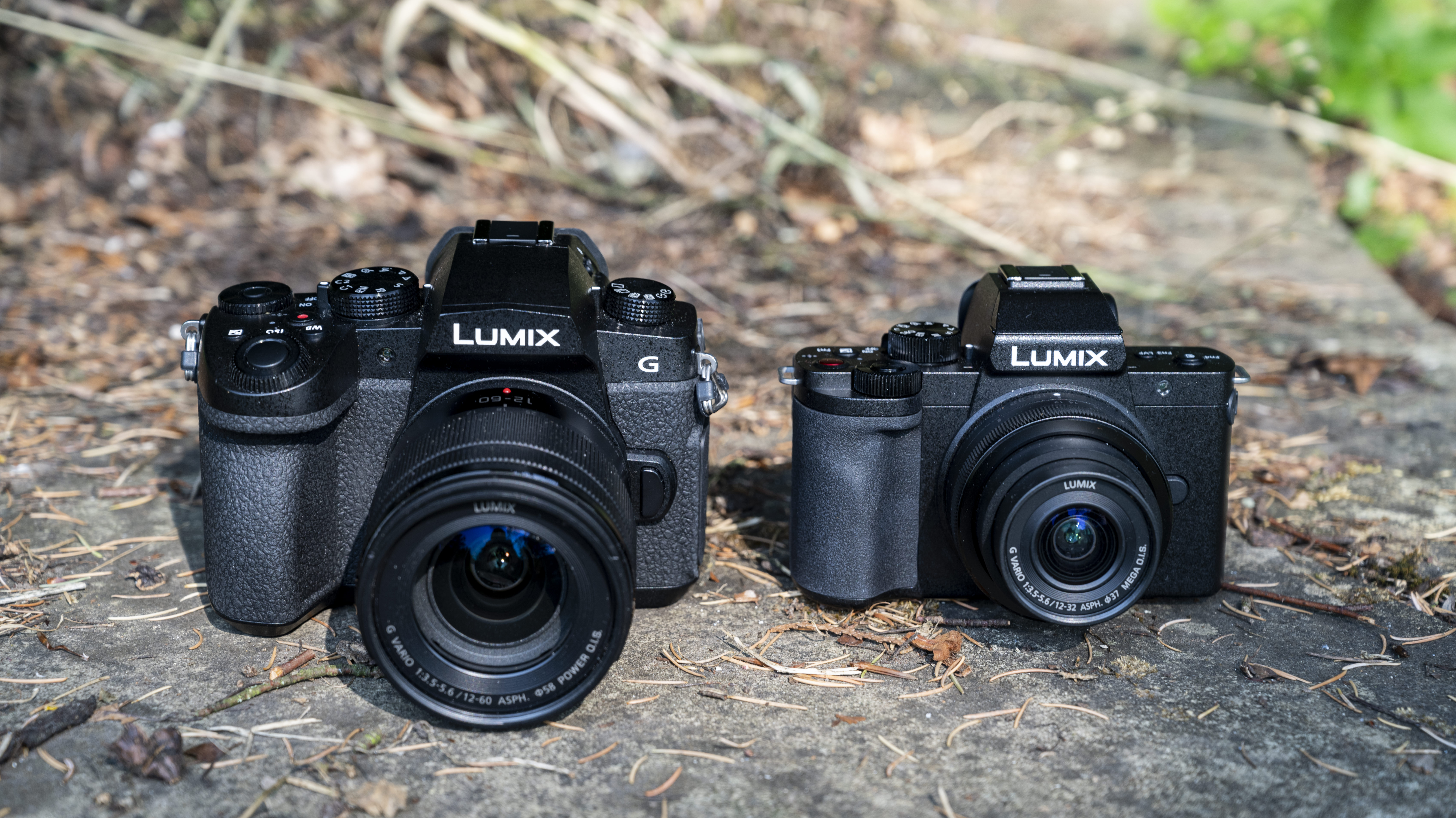

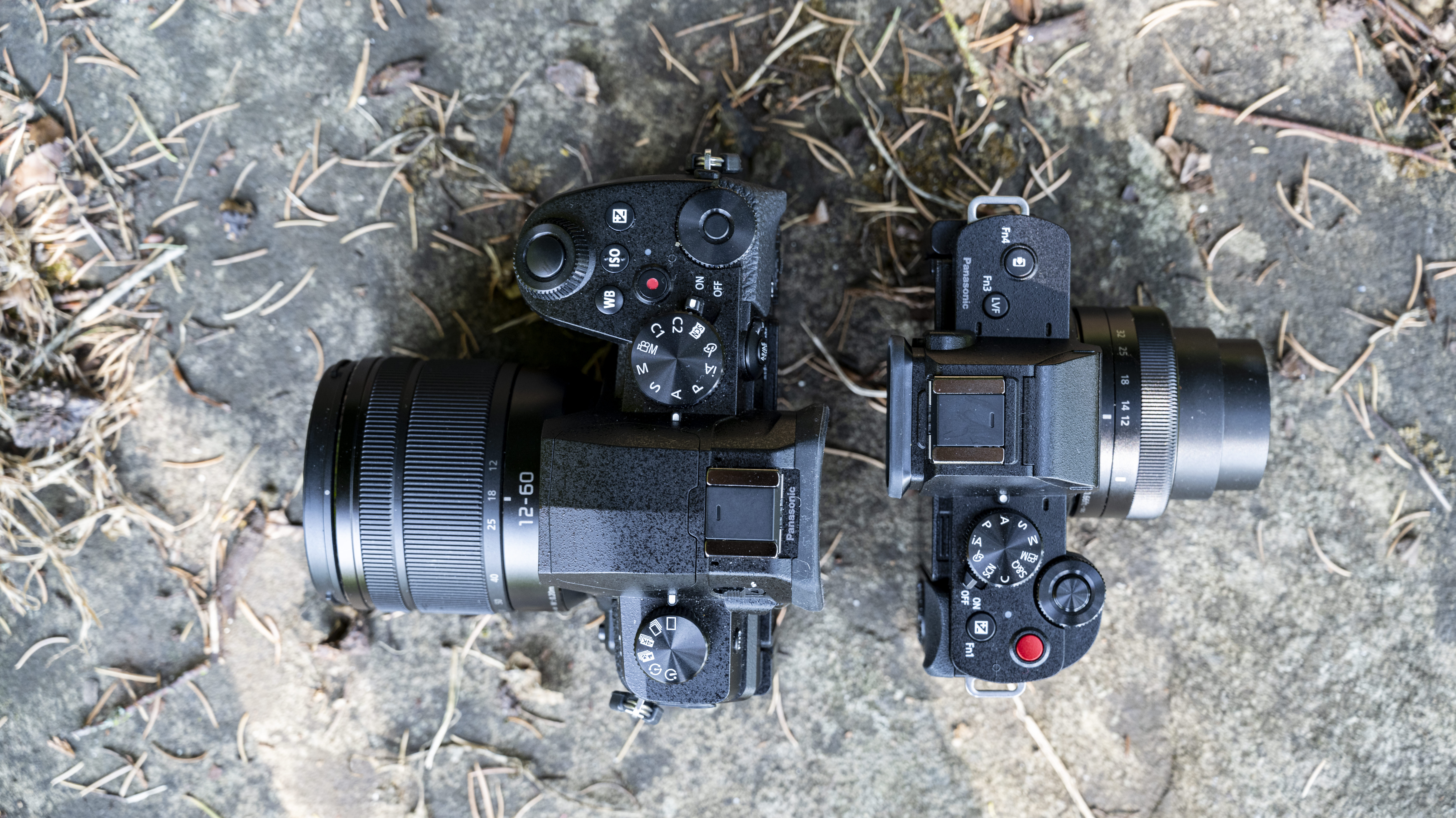
Panasonic G100 design and handling
- Considerably smaller and lighter than the G95/G90
- Smallest mirrorless camera with a fully articulating screen
- Still offers a good number of controls and buttons
One of the advantages of the Micro Four Thirds system is that its cameras can be much smaller than its APS-C or full-frame equivalents. Panasonic has taken that to the extreme with the G100, producing something incredibly small and light, in a bid to lure vloggers who want something ultra-portable to capture their everyday lives.
Although this is a follow-on from the Panasonic G95/G90, the outward appearance is quite different, with the much smaller body being the most notable difference. It also means you lose the chunky handgrip, but the small grip that’s left still gives you a good purchase on the camera, so it feels like a worthy sacrifice.
There’s also a reduction in the number of direct access buttons and dials on the G100, but you’re still left with a decent array which will allow you to quickly jump to the setting you need. The mode dial has stayed, along with a dial for adjusting aperture and shutter speed, but you’ll no longer find a secondary dial, or another for adjusting the drive mode.
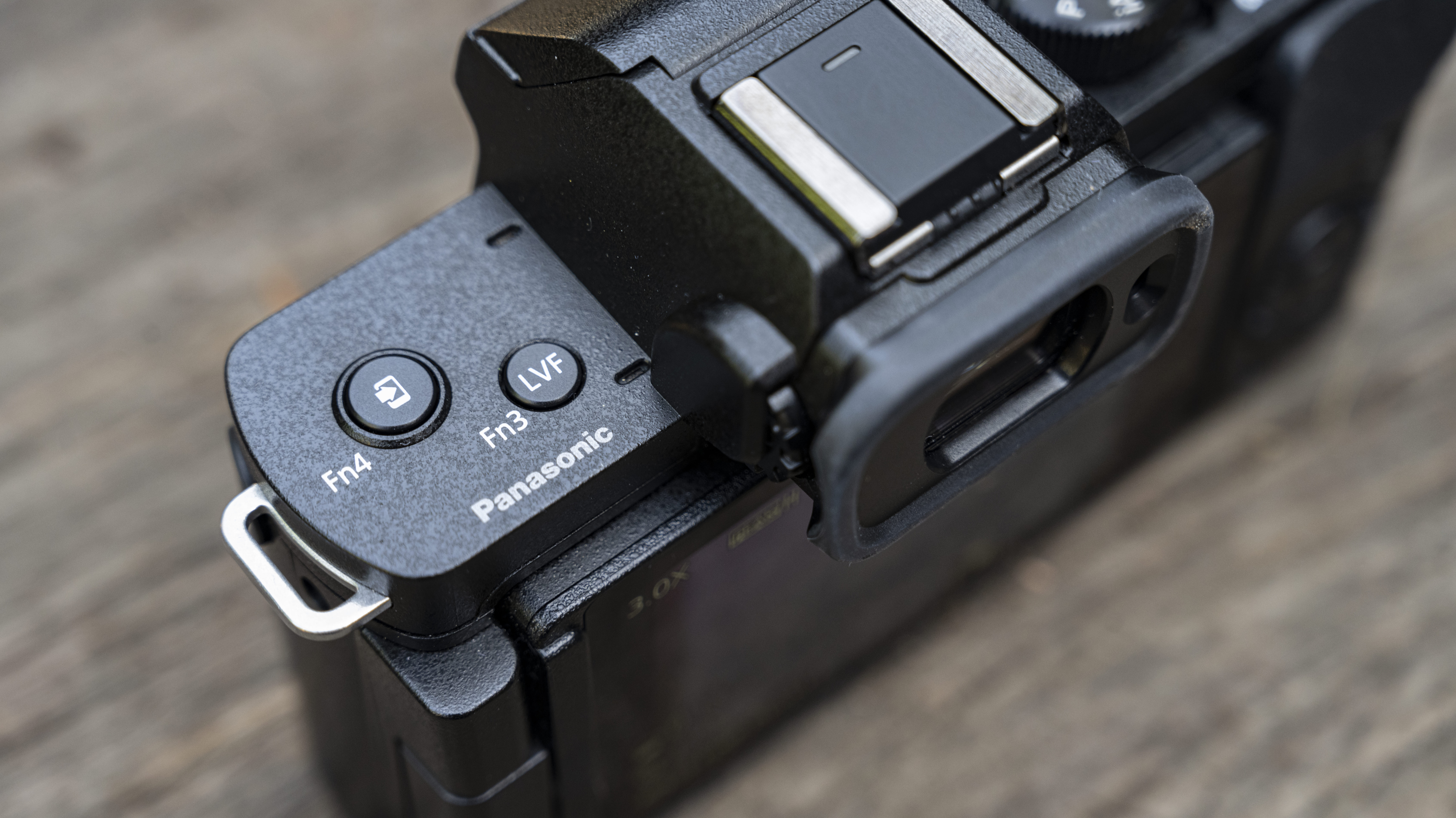
Dedicated buttons for white balance and ISO are gone, but the G100 does have one for sending your videos and images directly to your smartphone – again, a nod to those who are coming from smartphones.
Overall, Panasonic has done a good job here of balancing the desire for a smaller body with keeping a good degree of control buttons. If you have larger hands, or you like that more tactile approach a bigger camera can give you, this might not be the one for you, but if it’s more important to you to have a smaller device, it’s likely to be very appealing.
As this is targeted at vloggers, it was important to keep the articulating screen. You’ll need it when recording pieces to camera, as well as photographing from awkward angles. Like other Panasonic models, it’s touch-sensitive and works well in conjunction with the physical buttons to make the changes you need.
Naturally, the viewfinder is on the small side, but again, it’s still very usable. It’s nice that Panasonic has kept this here – despite it being aimed at the vlogger who might not use it all that often, it gives it another tick in the box for those intending to use the G100 as a secondary or travel camera.


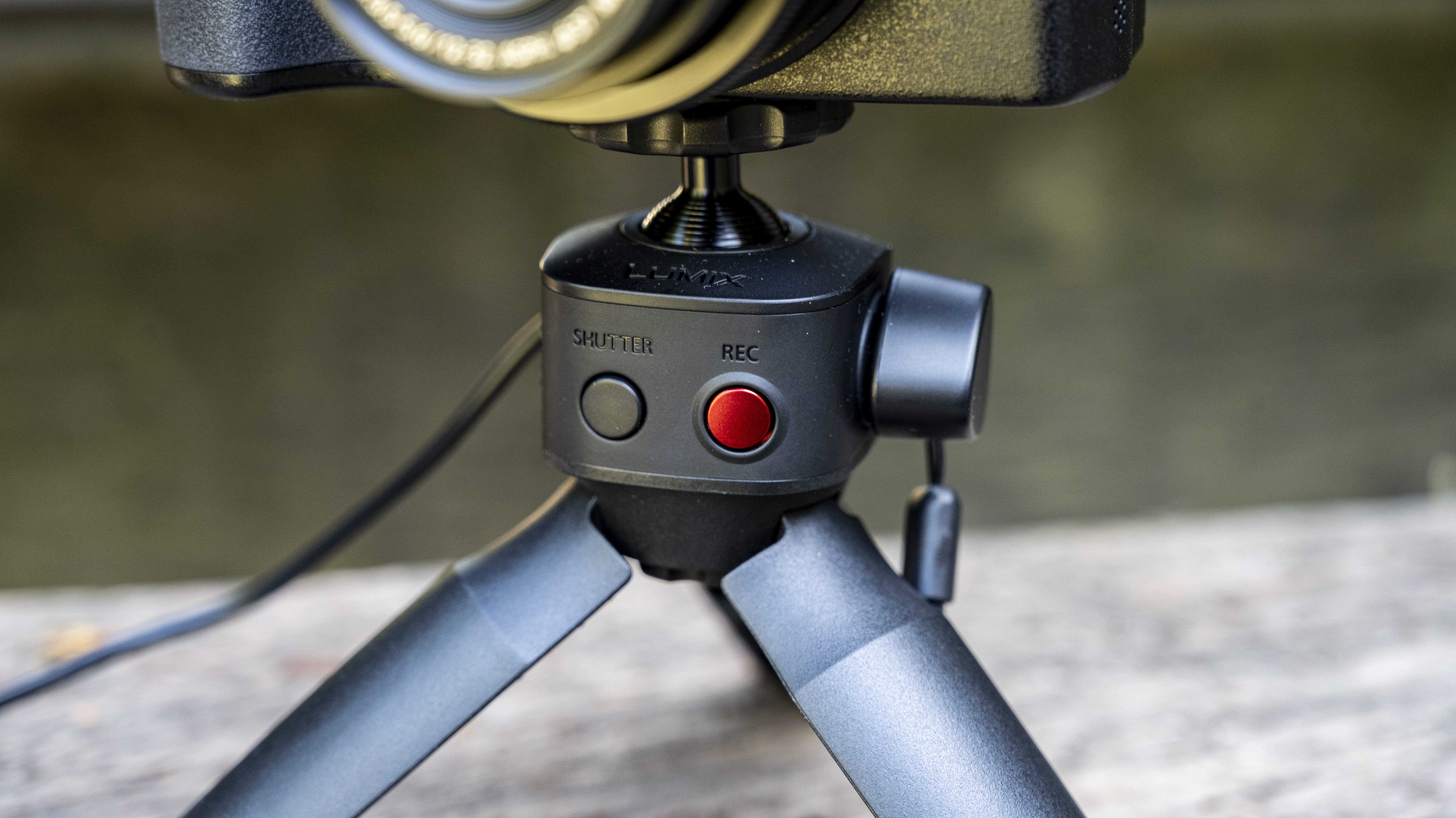
Panasonic G100 performance
- Sound quality from Nokia's OZO Audio is very impressive
- Stabilization system is very effective
- Battery life can be boosted by USB charging
We’ve been able to carry out a few real world tests with the G100 to get an understanding of how well the Ozo Audio internal microphone system works.
It’s a bold claim when a manufacturer says you don’t need to purchase an additional microphone, but early indications suggest that they might not be wrong.
We’ve used the G100 in a number of different audio conditions to see how well the microphones cope with blocking out background noise. In relatively quiet conditions we wouldn't expect any problems, and naturally the camera does well there. With some background noise present – such as crowds and other people talking – it does an excellent job of prioritizing the sound of the speaker to give clear sound.
Particularly useful is the rear microphone, intended to pick up sound when creating walking videos with you narrating from behind the camera. There was one occasion where the microphone didn’t automatically switch from the front to the rear microphone when turning the camera around – that’s something we’d like to test further to see if this was just a one-off incident, or something that happens more frequently.
Otherwise, even when the background noise is very loud (for example, in heavy traffic), the microphones did a good job of producing clear sound.
One of Panasonic’s claims is that the G100 can pick out your voice when in a densely populated crowd – obviously this is not something we’re going to be able to test for a while, but if the results match its performance in heavy traffic, then it's likely to be pretty impressive.
Again, more testing of the stabilization system is required, but early indications show that there’s a marked and good difference between switching it on, and switching it off. Panasonic says that it has tuned its algorithms to make it particularly adept when filming while walking.
The results are pretty good so far, but it’s not as smooth as you’d get while using a dedicated video gimbal, or even the results we’ve seen from action cameras like the GoPro Hero 8 Black.
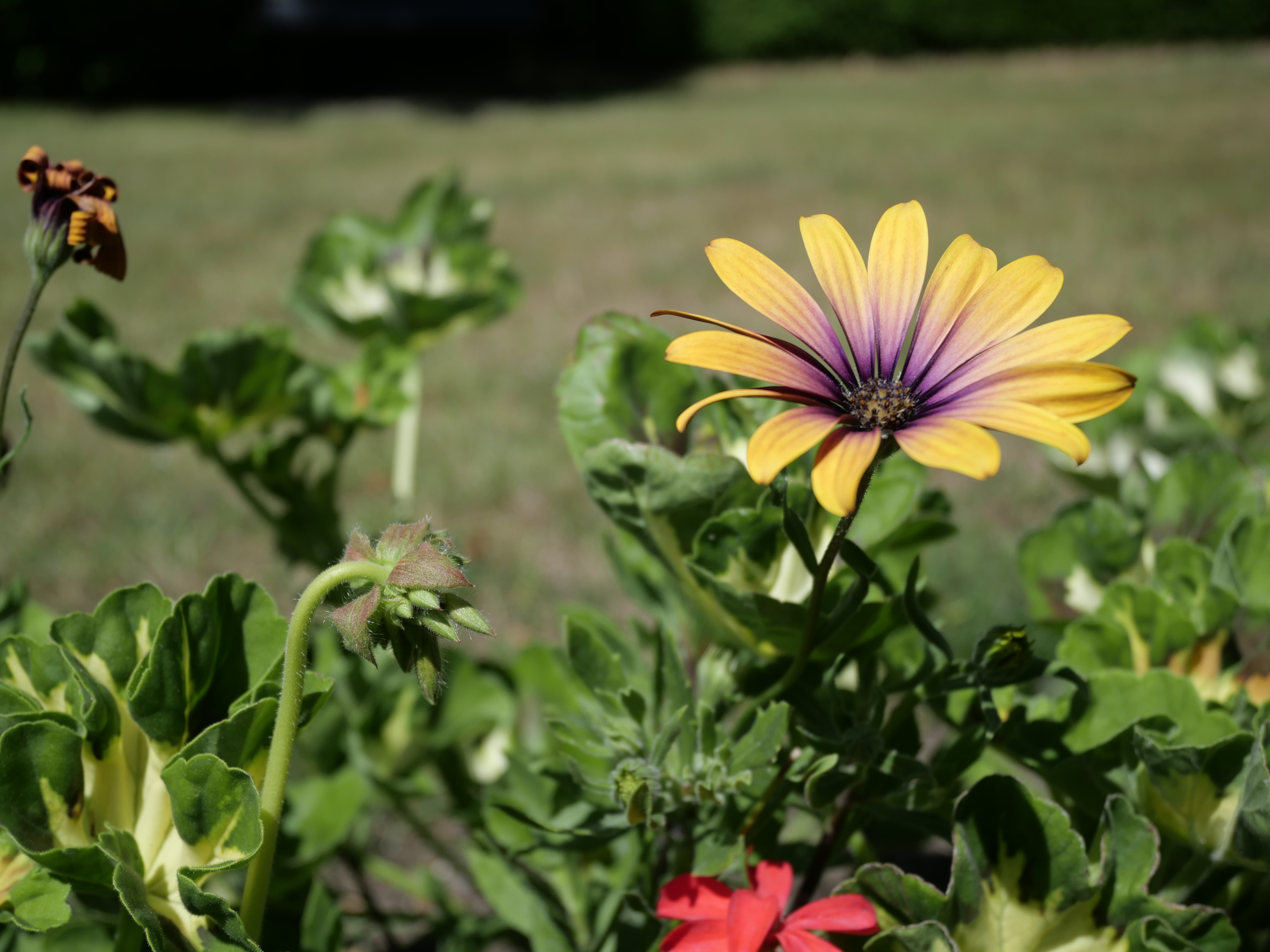
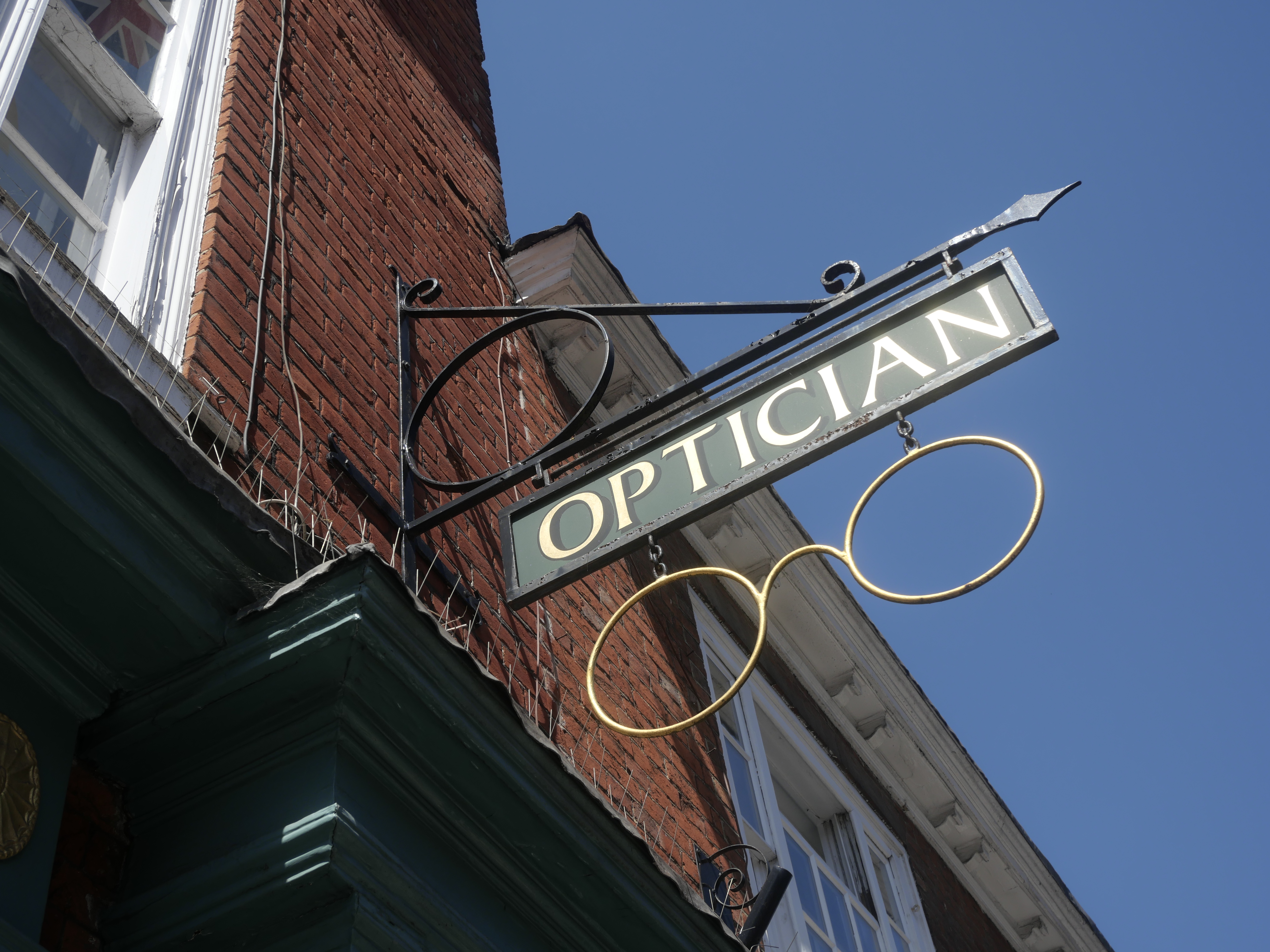





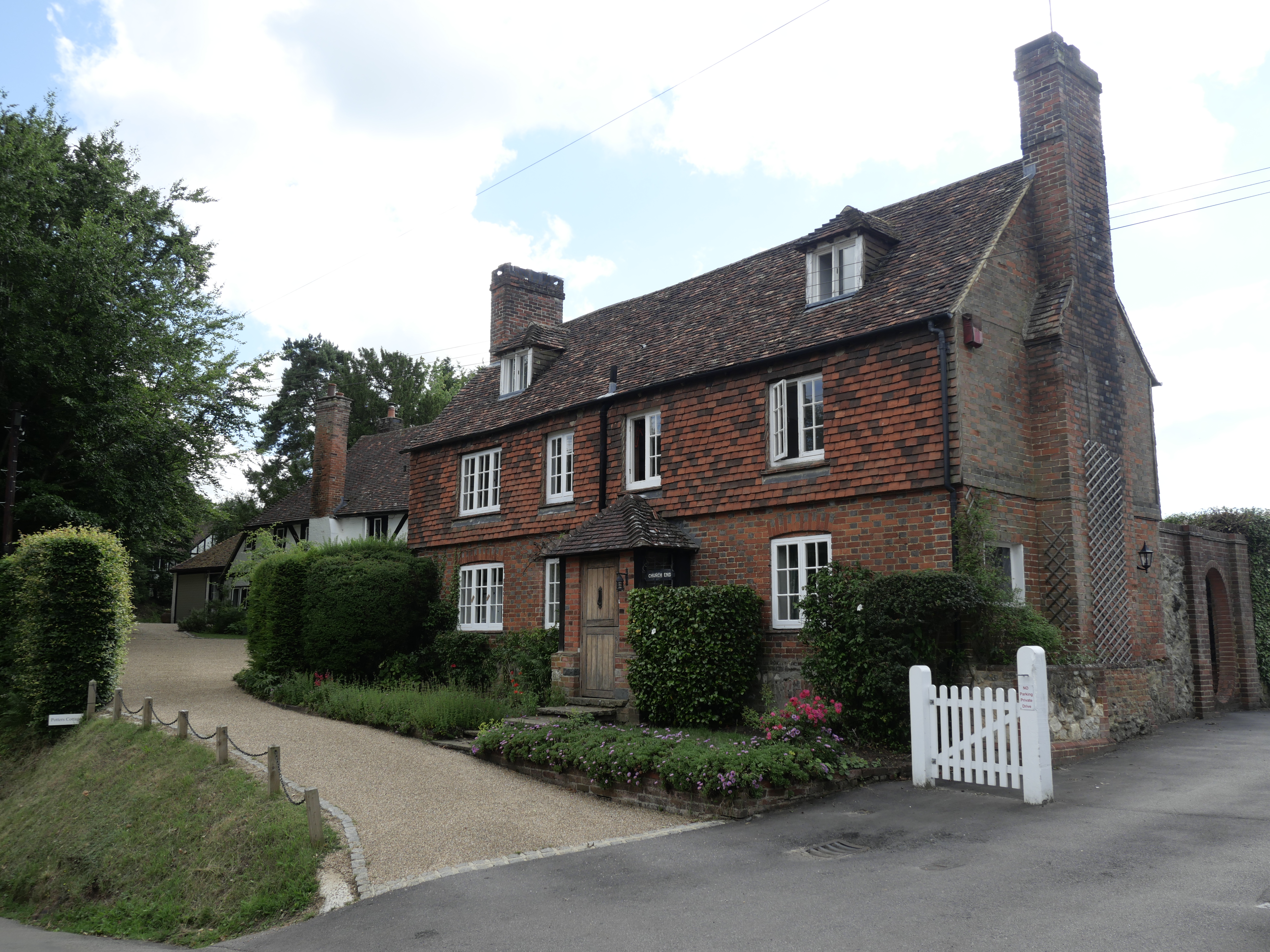


The specs sheet promises up to 90 minutes of HD video recording with a fully charged battery, or 80 minutes for 4K. That’s a continuous recording figure, and the 'actual' figure (accounting for things like switching the camera on and off, stopping and starting the recording), is closer to 40 or 45 minutes.
That might not seem like a lot, but for recording a number of short clips it should be fine – and further good news comes from the fact that you can give the G100 power bursts on the go via USB charging, so dedicated vloggers might find it useful to bring along a portable battery pack.

Panasonic G100 early verdict
There’s certainly a lot to like about the Panasonic G100, for both video and stills shooters. It’s likely to be vloggers and YouTubers who are primarily interested in this camera, thanks to its excellent range of video (and sound) options, but stills shooters needn’t necessarily overlook it.
Our early tests with the camera demonstrate how great the sound quality is, and we’ll be keen to test that some more as part of the full review.
For stills photographers looking for a light, fun and highly-portable camera, it’s also a very viable contender there too – we can see it doing well as a travel camera, as well as a vlogging companion.
Check back soon to see the full review of the Panasonic G100.
from TechRadar: Technology reviews https://ift.tt/2YxlGZN
No comments:
Post a Comment